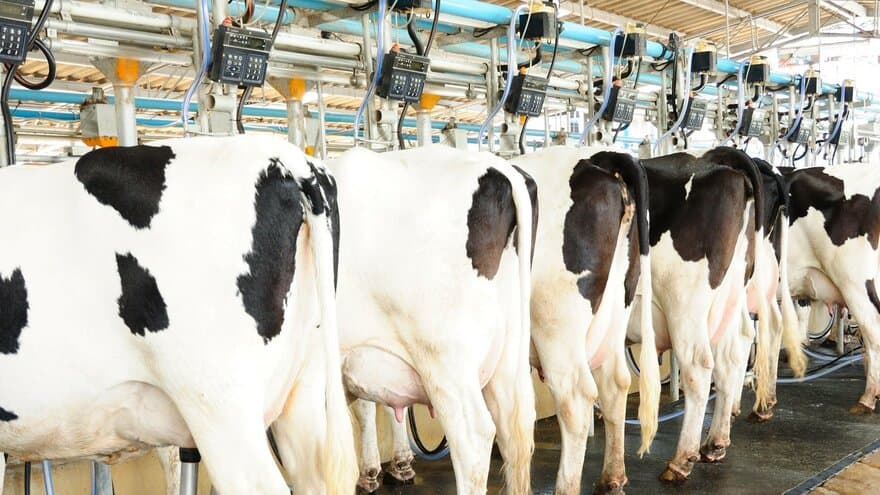Research Council of Norway
Background
Mastitis is an infection of the udder and causes pain and distress to the cow and considerable loss of milk and profit. Previously the healthy udder was regarded to contain only small numbers of insignificant microorganisms; recently it has been shown to have its own microbiota, which might play a role in protecting the udder from infections.
Antimicrobial medication generally cures mastitis but unfortunately disturbs the microbiota in the udder and other parts of the body. In addition, there is an international aim to reduce the use of antimicrobials, due to the emergence of resistant microorganisms. Research on the udder microbiota in healthy and diseased cows is therefore needed.
Milk production systems in Norway differ to other countries in several respects, and studying the udder microbiota in Norwegian cows is therefore important for the dairy industry in Norway. To date, the udder microbiota is under-researched and no data from Norwegian cows are available. We aim to fill this knowledge gap.
Research will be carried out by a PhD researcher, and will be a collaboration between two faculties at the Norwegian University of Life Sciences, TINE AS and the Swedish University of Agricultural Sciences (SLU).
The udder microbiota of cows from two dairy herds will be analysed and correlated to factors such as different anatomical locations in the udder, previous medical history, lactation time and previous antibiotic treatment. Both healthy cows and those with clinical and sub-clinical mastitis will be compared, using the latest molecular techniques. Cows that develop mastitis will be followed up by successive sampling.
Selected strains of lactic acid bacteria, isolated from udder samples, will be investigated for their metabolism in milk and compared to strains used in dairy fermentations. A selection of isolates of potential pathogens will be tested for resistance to antimicrobials. The composition of milk from the udders of healthy and diseased cows will be analysed using GCMS. This will provide new insights into the udder microbiota. Results will be compared to international studies, where different animal husbandry is practiced.
Objective
Primary Objectives:
Contribute to a) reduced use of antimicrobials, b) improved animal welfare, c) better milk quality and d) reduced loss of milk by understanding the udder microbiota of Norwegian cows, its functions and the incidence of antimicrobial resistance among isolates from the udder of healthy cows.Secondary Objectives:
1. Using the latest molecular techniques, document the microbiota of the udder in cows kept in AMS systems
2. Compare udder microbiota of healthy cows to that of cows with mastitis (both chronic and acute)
3. Investigate the incidence of antimicrobial resistance among isolates from the udder of healthy cows
4. Analyse how bacteria isolated from the healthy udder grow in milk and study their metabolism in milk (microbiome studies); analyse quality parameters in milk from cows with sub-clinical mastitis
